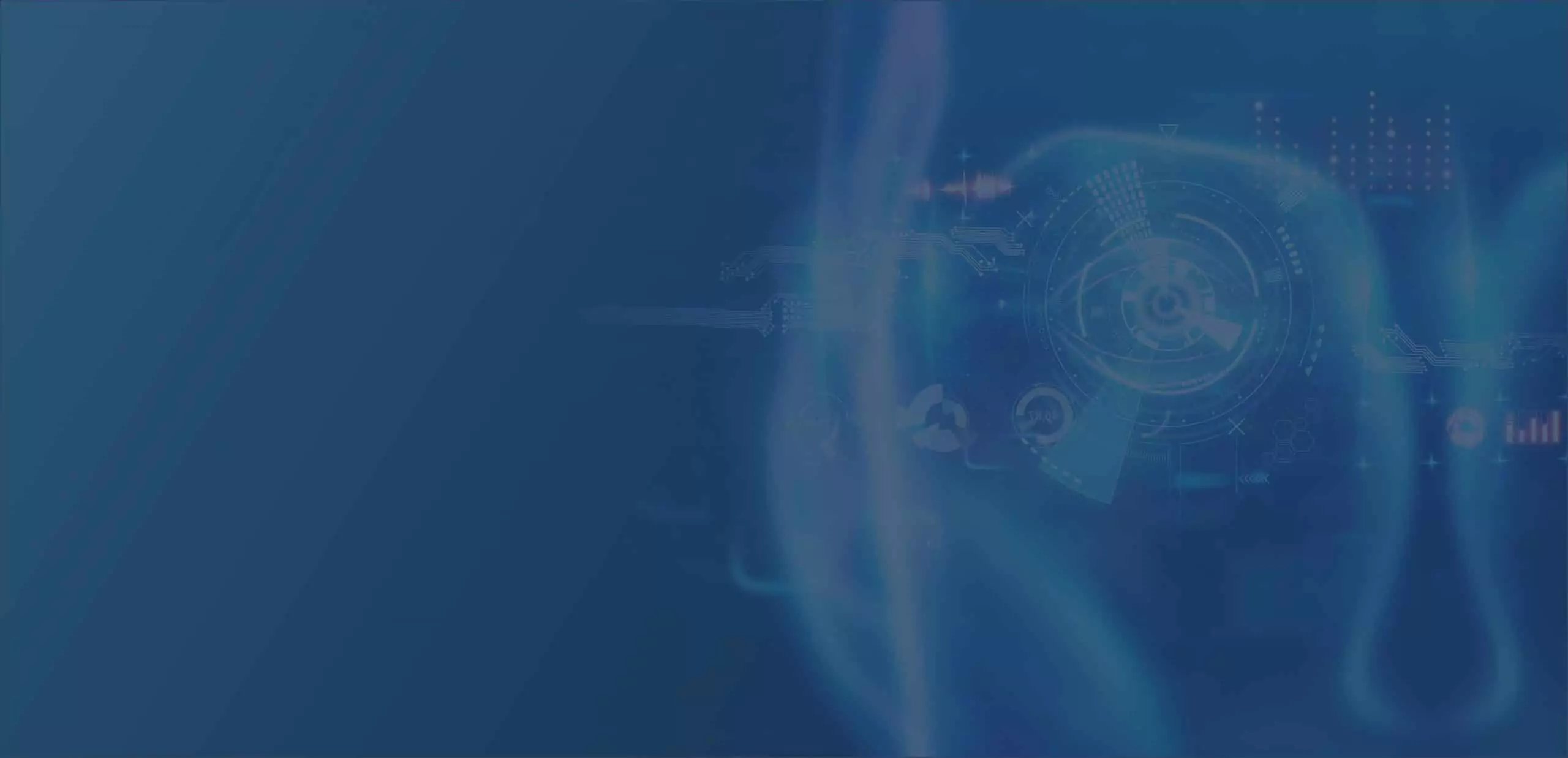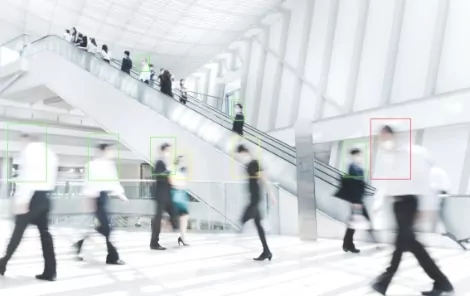Computer vision applications may serve many purposes. Their primary aim is to facilitate company development thanks to process automation and making better business decisions, specifically based on the analysis of the data collected.
Object detection
Its aim is to recognize and identify items in the picture. Software can do it based on a library of already classified images, a specification of distinguishable object properties (in classic computer vision algorithms), or by learning itself based on data (in deep learning).
More, it can get better and better in time, on its own. This technology is widely used in driver assistance systems or automated quality control in manufacturing, i.e. looking for faulty items on assembly lines.
Face recognition software
This kind of software can work in manifold ways – face detection (finding faces in the picture), face recognition (identifying particular persons in the pictures or videos), and recognizing people’s age, gender, and reading emotions – crucial indicators of customer satisfaction – to analyze it further on.
The apps based on face recognition are often used in healthcare, traffic management, security, or just to automatically confirm if the person buying a beer isn’t a minor.
Image classification
Computer algorithms categorize, group, and process information for in-depth analysis and relevant insights. Image classification processes images in a way that in the end they’re attributed with a label (a class).
With a high probability, the system knows whether there are bacteria on Petri dishes, factory workers wear their helmets, or the forklifts are properly used. The process of labeling is crucial for example in medical image classification to identify the presence of the disease or visual place recognition to identify an exact location.
Semantic segmentation
Image segmentation is the key step to a deep and complete understanding of what happens in the picture on the pixel level. This solution aims at not only detecting objects but also finding their exact boundaries.
It is widely used in developing self-driving cars, medical purposes, and in everyday use cases such as portrait mode on our cameras, photo editing apps, or virtual dressing rooms in e-commerce.
Optical character recognition
The OCR technology allows to scan documents, both printed and handwritten – and to convert them into fully editable data available for search and analysis. It allows companies to digitize their resources and to improve customer care by scanning invoices, business cards, and other types of documents – even reproducing their original formatting.
Image post-processing
The OCR’s accuracy can be increased by image post-processing to correct any spelling mistakes. It is also able to recognize text appearing in photos and videos for e.g. text analytics, further translation, or to read it to people with vision impairment.




